 My Cart 0
My Cart 0
Does the two terms public relations and advertising the same? Or do they have different meanings associated with them? Well, many confuse them as similar, but in reality, these are two different words with different perspectives. This difference can only be acknowledged when they are deeply understood and appreciated.
For a company, it is important to manage both efficiently for unhindered growth and success. Let’s break the ice and check out the difference between public relations and advertising!
What is PR (Public Relations)?
Public relations is the act of professionally promoting and managing the positive image of a brand. It is influencing how others see and feel about a brand, company or person. It is a communication strategy that aims to benefit organizations by doing their publicity.
PR takes care of everything how the information related to the company or the individual is conveyed to the public and especially the media. This is maintaining the image of the company for countless benefits associated with promoting your product or services, sustaining the position and announcing their accomplishments.
Here are a few things that you must know about PR
1. About PR firms:
It is a persuasion business where professionals create narratives to fulfill their goals. You may hire a PR firm to improve, protect or build your reputation. They also mitigate the damage when anything or anyone tries to defame you through strategic responses to the media.
The role of a Public relations agency is to create positive publicity for its clients and improve its reputation in the industry. They may be engaged in press releases, expand professional networks, manage social media, write blogs, and deal with the media.
2. Aspects of PR:
There are various ways to maintain a reputation or interact with the audience. Though there is a growing perception that social media can replace traditional media but this ain’t true. Notice that most companies press release or publicize in various ways and then post it on social media. Social media platforms augment your PR efforts and amplify the results.
PR includes various disciplines like corporate communications, crisis communications, marketing communications, content creation, brand journalism, reputation management, events, and many more.
3. Measuring PR:
PR cannot be measured accurately but can only be estimated and compared. Though there are various models and methods available to count upon it they all just give a rough idea and are nowhere exact.
What is Advertising?
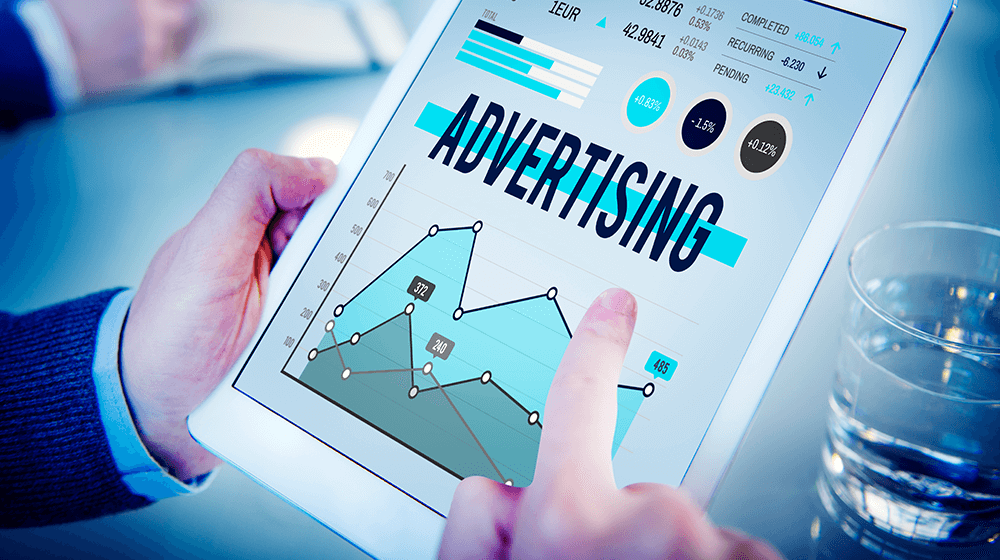
Advertising is a marketing communication that is intended towards selling a product or a service to the targeted audience. It is the oldest form of marketing that aims to sell specific products or services through their promotion and by reaching out to the potential audience. With the introspection of the internet, advertising is now categorized into two – traditional and digital advertising.
Traditional advertising is all about promoting the products on regular sources like Television, mail, radio, newspapers etc. Although it is an old form of marketing your products but is still effective and reaches out to a larger audience.
Digital advertising on the other hand is the new version of marketing. It is more efficient and reaches the target audience in less duration. Digital advertising tools include pay-per-click, social media platforms, display advertising and more.
Key Differences Between PR and Advertising:
There’s a famous quote that effortlessly differentiates these two. It says “Publicity is what you get while advertising is what you buy”. One is paid media while Public relations is media earned. Pr vs. advertising is like purchased vs. earned, Paid vs. unpaid, doubtful vs. credible and so on. Let’s find out more about such differences!
1. Consumers’ Perspective:
Advertising: The audience watching the ad knows that it is inclined towards them for buying the product or the service. The concentration directly goes onto the services, their qualities and the price. The features of the product are investigated and examined for benefits.
PR: During Public relations, consumers are not much aware of the brand’s intentions. Here the attention is not on what you sell and how it is but on who you are and what you do. It is learning about something you didn’t pay for. The third-party endorsement makes it more valuable and in the long run benefits you more than advertisements. Advertisements may increase your sales of a particular product but PR has the power to improve the sales of all your products and services in one go.
2. Credibility:
Advertising: Advertising and public relations both are credible but the amount varies. The audience may not entirely believe what is being told in an ad. It is dictated by the owners and may not hold the complete truth and thus is less credible than the PR.
PR: Public relations have high credibility as news comes from trusted third-party media. Also as the brand reputation is high and maintained, people tend to believe what is being said to them and even convey it to others. PR gives birth to mouth-to-mouth advertisement which is far better than any other advertising technique.
3. Target:
Advertising: In an advertisement, your target is your potential audience. Here through some action words, you are targeting your clients and motivating them to take the specific action as desired by you. Your goal here is to sell your product or services to them and thus you are trying to impress them. Also in an advertisement, you praise your product so that people are influenced to buy it.
PR: In the case of PR, you praise yourself and try to influence the media and audience to like you. Here the immediate goal is to just enhance your brand’s reputation and the ultimate goal is to improve your credibility to sell your products easily.
4. Creativity:
Advertising: Advertising gives you room for creativity. Here you could show your talent to excite your audience to buy your products. The new campaigns and materials can make you stand apart from the crowd and improve your visibility.
PR: it is just about creating buzz about your company to be known. It is like branding. Here creativity is just about finding new media platforms and intriguing there.
5. Control:
Advertising: When creating an advertisement, you have complete control over how it will look, feel and turn out to be. You can also decide where it appears, how frequently it will appear and when it is displayed. The amount of money spent on the ad will also dictate the reach.
PR: In Pr, you have less control over the results. The media and media channels portray your image and are the only ones to decide you are presented to the audience.
6. Communication:
Advertising: It is a monologue communication process. In advertising, you draw public attention to sell your products and services through paid tools and activities.
PR: Public Relations is a two-way process of communication. Here the brands listen to the customers and the public and also respond to them. It is a strategic communication technique that aims at forming a beneficial relationship between the brand and the audience.
7. Price:
Advertising: It is paid! Even the outcome or the results depends on the money you spend on it. The brand has to specifically pay for the advertisement and decide when it will be aired to the public.
PR: Public relations focus on free coverage of the brand. It ties and aims for free publicity through media and press releases.
Conclusion:
This blog diligently answers the question of “how pr is different from advertising”. As far as differences are concerned they are pretty much simple and easy to understand. Now, one can handily use these two strategies to improve their business.
Take note that PR foreshadows marketing and is essential to your success!
During a crisis, a business or enterprise needs to communicate appropriately to recover, reduce or prevent the loss. Single inappropriate communication can lead to a big loss that can be financial as well as related to the reputation of the company.
The more a company has an established reputation, the more challenging it becomes to handle crisis-like situations. There are so many success and failure stories when we look into some recent crisis communication examples. Even top-notch companies failed many times in managing crisis communication in sensitive moments. Experienced business leaders and teams know the proper way. They communicate with the stakeholders to prevent a significant loss or recover from something already happening.
A stakeholder can be anyone who opposes a company during crisis communication. From investors to media, and from customers to global netizens, they can be from any class or category. It makes it necessary to adopt the skill of managing a crisis. Here we are with some popular crisis management examples that are worth studying.
What is Crisis Communication?
Crisis communication is self-explanatory as it is a way to communicate during a crisis (mostly in businesses). However, the purpose of this communication is the major thing to understand. Communication that comes from the victim entity should have a positive impact on the stakeholders.
When an incident causes harm to the reputation of an organization, it needs to be addressed in a proper manner. Having no pre-planning for crisis communication can make things worse. With a mismanaged crisis, a company can lose all its customers and brand reputation, and sometimes investors and shareholders start turning back.
Types of Crisis:
There are several crises, and they all have to be managed differently. Because a crisis creates a very sensitive situation, companies need to be aware of their communication. Following are the major five types of crisis:
1. Technological:
A technological crisis occurs when a technical error within the company’s infrastructure causes harm and impacts its customer and investors in one way or another.
2. Personnel:
It is when someone designated for a higher position in a reputed organization gets involved in a controversy. This crisis can cause harm that goes from personal to the organizational level.
3. Financial:
This crisis is related to the monetary loss occurring to a company by any means. It could occur due to a major investment agreement withdrawal, drop in shares, fall back in product sales, etc.
4. Organizational:
This crisis is directly related to an organization’s reputation, and it could ultimately result in financial loss. In such cases, the company is blamed for inappropriately taking over-advantage of customers.
5. Natural:
A natural calamity can also damage an organization’s reputation as well as assets. Natural disasters are difficult to resist as nobody has control over them. But proper communication can help a company overcome a negative reputation after a crisis and loss.
Crisis communication is not only a core part of public relations but also a crucial aspect of business administration. Addressing the opposing party is not that easy when a company’s authority, credibility, and integrity are questioned. Now you know what crisis communication is, let’s understand its importance with some crisis communication examples.
Crisis Communication Examples:
There are dozens of crisis communication examples, and one can learn different lessons from them. Brands like Amazon and even aerospace companies like Boeing faced a crisis. Some of these brands successfully managed the problem, while some failed at it and bore monetary and brand value costs.
1. Domino’s:

Domino’s faced a significant setback of reputational harm in 2009. A video went viral in which Domino’s employees were seen preparing food orders in an unclean way. An employee was sneezing over the food order, as clearly noticed in the video. After that, all the netizens started questioning the hygiene level of Domino’s branches and their kitchens.
Tackled Successfully:
Domino’s tackled the crisis successfully and recovered from the damage caused to the brand’s reputation. You can see today how Domino’s is becoming more popular and expanding all over the world. Domino’s did this with the help of transparency and apologized. After the video went viral, the higher management took it seriously and came in front and presented the accurate information transparently. Domino’s that time, the US President apologized in a Youtube video and assured that the necessary actions were taken.
2. Facebook:

Facebook’s privacy breach scandal is one of the company’s most popular and most lose-causing crises ever. In 2018, media and regulators found that Facebook sold the private data of around 87 million users to a UK-based agency. That data was later used in the United State’s Presidential elections. After the founding of Facebook, Mark Zuckerburg had to face legal cases and presented in front of various regulators in the US.
How Zuckerburg Tackled?
Zuckerburg and the management of Facebook eventually failed to tackle this crisis. Consequently, Facebook had to pay more than a $100 billion fine to different authorities. Also, Facebook user’s lost faith which impacted a significant drop in the company’s revenue. The biggest mistake of Facebook was that the crisis wasn’t addressed at the initial stage.
3. KFC:

Kentucky Fried Chicken or KFC, the giant chicken QSR chain, faced a crisis in 2018 in the form of no chicken in 700 franchises. It happened because of the change in supply chain companies. After that, people started making fun of KFC in an ironic way. Netizens started throwing critique jokes on KFC.
Tackled Successfully:
KFC came to the forefront and answered all the customers’ questions. Those questions were full of humor, and KFC replied with a double dose of humor. It turned a sensitive moment into a fun moment, and ultimately KFC retained its credibility.
4. Amazon:

One of the biggest eCommerce companies, Amazon, has also gone through similar situations. In 2019, Amazon’s employees started opposing the company and blamed it for abusive and poor employee policies. It was all during the 2019 Amazon Prime Day Sale Festival. It impacted the company’s reputation as well as its revenue. Amazon again faced a crisis in 2021 when its warehouse in Edwardsville, Illinois, was damaged by a tornado. Six people died in this incident. The eCommerce giant was criticized once again.
Unsuccessful Planning:
Amazon faced even more criticism when it hadn’t replied to the questions being raised online. There was a complete lack of crisis communication shown in Amazon’s policies. It is considered one of the unsuccessful crisis management examples.
5. Pepsi:
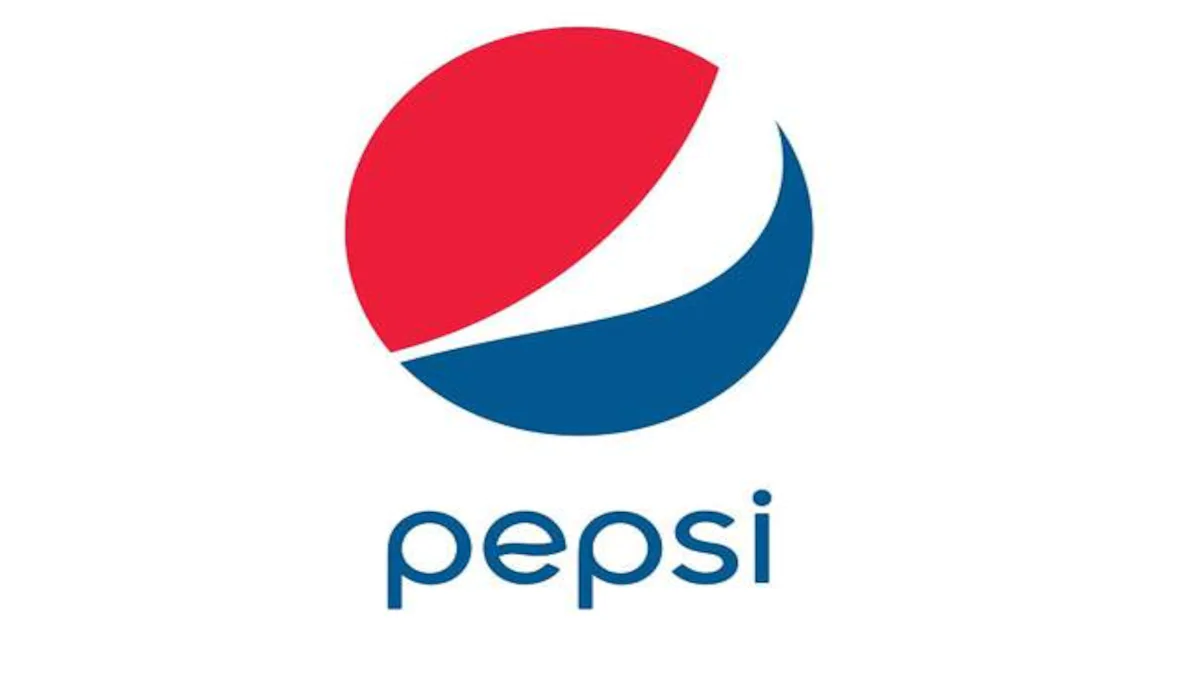
Pepsi faced a crisis when its customers started finding awful things in the cans. The incident is from 1993, when more than 50 people found syringes, screws, bolts, etc., in Pepsi’s can. People started losing faith in the Pepsi brand, and a crisis was initiated.
Tackled:
Pepsi took the criticism seriously and tried to follow the best public relations practices. The brand defended itself by stating itself innocent. To be transparent, Pepsi showed the whole Pepsi soft drink preparation process through videos. In the end, the truth came out that someone in the local stores was putting such things in the cans. It proved that Pepsi was not a defaulter, and the brand retained its reputation. Pepsi’s crisis communication case study is one of the best successful examples of crisis communication.
6. Virgin:

Virgin group successfully handled a major crisis in 2014. A space tourism craft was being tested above the Mojave desert in California. This Virgin Galactic test flight crashed at that time. In this accident, one of the two pilots died, and the other was majorly injured. Due to the presence of mind and importance of humanity and public relations management skill, Sir Richard Branson took it on his own shoulders. He visited the site and showed grief for the victim. The crisis was therefore managed with his intelligence and early response.
7. JP Morgan Chase & Co.:
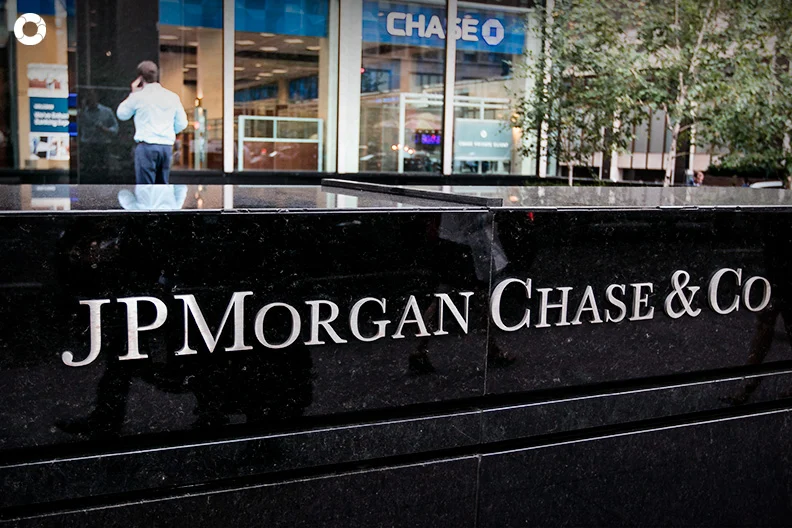
One of the biggest multinational investment banks, JPMorgan Chase & Co., has also faced a crisis in the past. The crisis communication case study happened in 2012 when a trader in the Bank’s operational risk management team developed fundamentally wrong investment strategies. It caused more than a $6 billion loss to JP Morgan Chase & Co. This is not the only loss; apart from this, the Bank was charged a fine of up to $1 billion by different regulatory authorities. The stock market loss was also a part of this crisis.
8. Burger King:
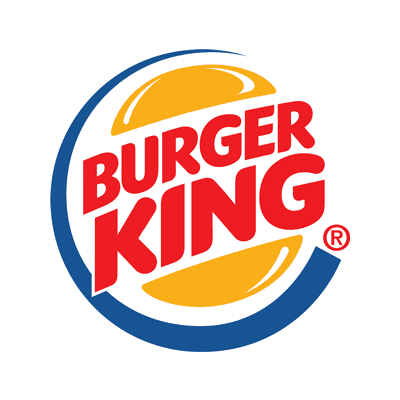
The biggest burger QSR chain Burger King was just about to face monetary or reputational loss in 2019. However, the patience that Burger King had at that time and the trust it showed in the Judiciary were exemplary. In 2019, a person who claimed to be vegan challenged and opposed Burger King’s “Impossible Burger.” According to Burger King, it was a meatless burger. But the man claimed that the meatless patties were cooked on the same grills used for meat patties. Burger King didn’t entertain it much and waited for the court’s decision. The decision came in Burger King’s favor, and after that, Burger King responded to it.
9. Boeing:
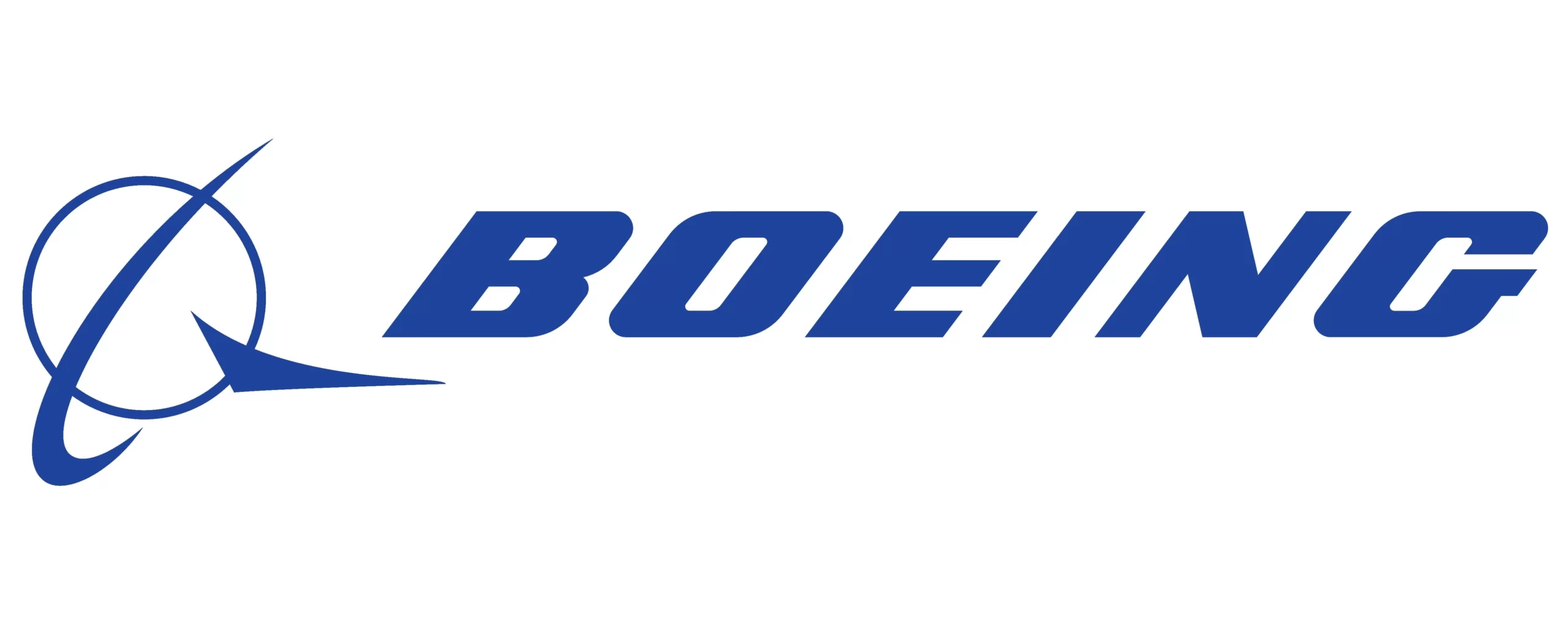
If you want to see the worst crisis communication examples, then Boeing’s case is the crisis communication case study that you are searching for. At the end of 2018 and the beginning of 2019, within six months, two of Boeing’s airplanes crashed, one in Indonesia and another in Ethiopia. More than 300 people died in both accidents. Firstly, Boeing made a big mistake and, without consent, stated that the crash resulted from the pilot’s experience. However, later, authorities found that it was a technical software glitch in the flights. Boeing paid $2.5 billion as a fine, dozens of its orders were canceled, regulators put a hold on its airplanes, and the stock market crash was also seen.
Conclusion:
It becomes more challenging to go ahead without a proper crisis communication plan. Businesses of all nature need crisis management systems. Crisis communication is the core part of this management and can help in many ways. No company knows when a crisis will hit it. So it is crucial to be prepared for any future harm.



